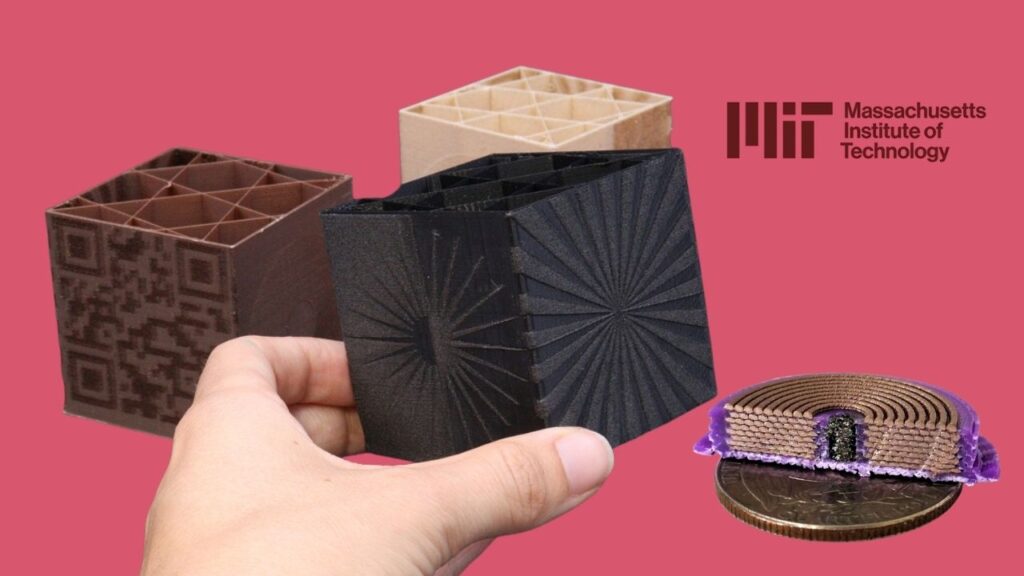Infrared Innovations: In a world increasingly driven by cutting-edge technology, the use of infrared (IR) light is moving beyond remote controls and night vision goggles. From infrared contact lenses that grant “super-vision” to blazing-fast wireless communication, the invisible part of the light spectrum is poised to become a powerhouse of innovation. This article explores why infrared technology is becoming the next big frontier in tech.
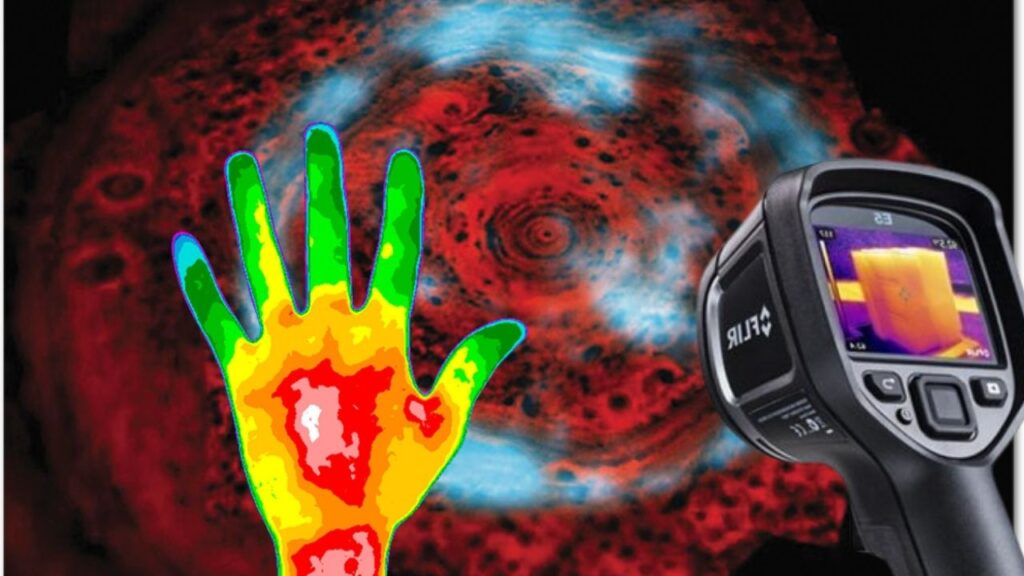
Recent breakthroughs in infrared applications are making waves in medical imaging, military defense, communications, and even wearable tech. These advancements are not only expanding our ability to see and interact with the world but also promise to reshape industries and enhance daily life.
Table of Contents
Infrared Innovations
| Feature | Details |
|---|---|
| Main Technology | Infrared (IR) Light |
| Key Innovations | Contact lenses with IR vision, 5.7 Tbps data transfer via IR beams, adaptive IR fabrics |
| Top Applications | Night vision, secure communications, thermal camouflage, medical diagnostics |
| Key Stats | 5.7 Tbps IR wireless data speed (Eindhoven University), IR light enables vision with eyes closed (University of Science and Technology of China) |
| Useful Link | Infrared Research – IEEE Spectrum |
Infrared technology is moving from behind-the-scenes utility to front-line innovation. Whether it’s enabling night vision, ultra-fast internet, or adaptive clothing, infrared light is quietly but powerfully reshaping the future. For professionals, now is the time to explore this frontier and integrate IR innovations into your work and life.
What Is Infrared Light?
Infrared light is part of the electromagnetic spectrum, just like visible light and radio waves. However, it’s invisible to the human eye. It lies just beyond red light and is primarily associated with heat radiation. Infrared is categorized into near-infrared (NIR), mid-infrared (MIR), and far-infrared (FIR) depending on wavelength.

This segment of light is already being used in TV remotes, thermal cameras, and even astronomical telescopes. But now, scientists are unlocking its broader potential.
Infrared Contact Lenses: Superhuman Vision
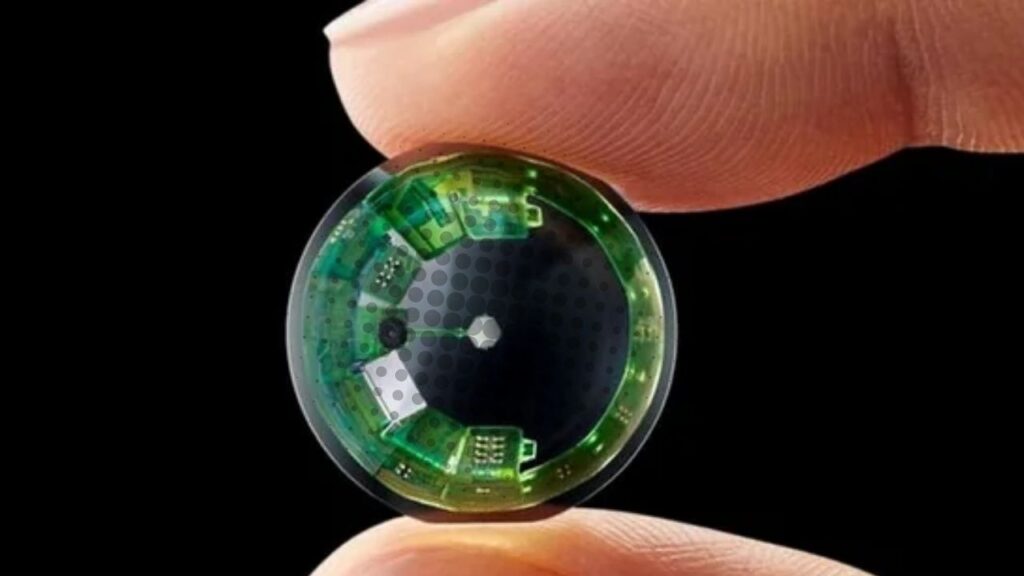
Imagine being able to see in the dark or detect heat signatures around you — all through a simple contact lens. Researchers at the University of Science and Technology of China have developed contact lenses embedded with upconversion nanoparticles that convert near-infrared light into visible light.
These lenses:
- Don’t require external power.
- Work even when your eyes are closed.
- Are transparent and lightweight.
Applications include:
- Night vision for soldiers and law enforcement.
- Medical diagnostics for detecting inflammation and circulation.
- Assistive tech for individuals with vision impairments.
“It’s like having a built-in thermal camera in your eyes,” says Professor Gang Han, a lead researcher on infrared optics.
Infrared for Ultra-Fast Wireless Communication
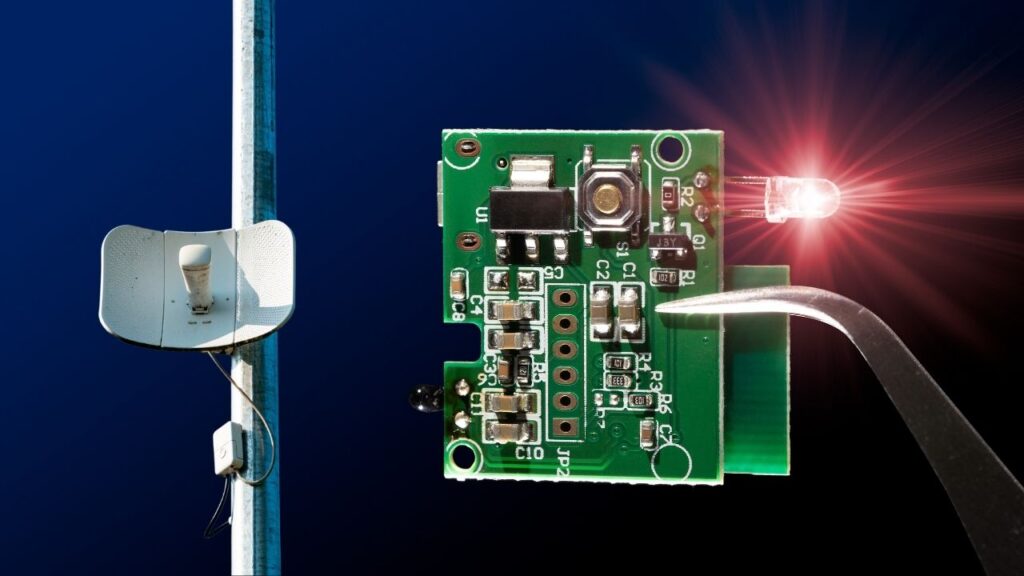
In a major leap, Eindhoven University of Technology achieved 5.7 terabits per second (Tbps) data transmission using infrared light over a 4.6 km urban stretch. That’s fast enough to stream almost 2 million Netflix HD videos at once.
Benefits Over Traditional Wi-Fi:
- No electromagnetic interference.
- Higher data security due to narrow IR beams.
- Lower latency for real-time applications.
This innovation is perfect for:
- Smart cities.
- Autonomous vehicles.
- Augmented reality headsets.
Adaptive Infrared Fabrics and Thermal Camouflage
Infrared is also reshaping how we dress and protect ourselves. Materials scientists have developed graphene-infused textiles that can adjust their infrared emissivity. This means clothing can adapt to:
- Keep you warm in cold environments.
- Cool you down in heat.
- Camouflage heat signatures for military use.
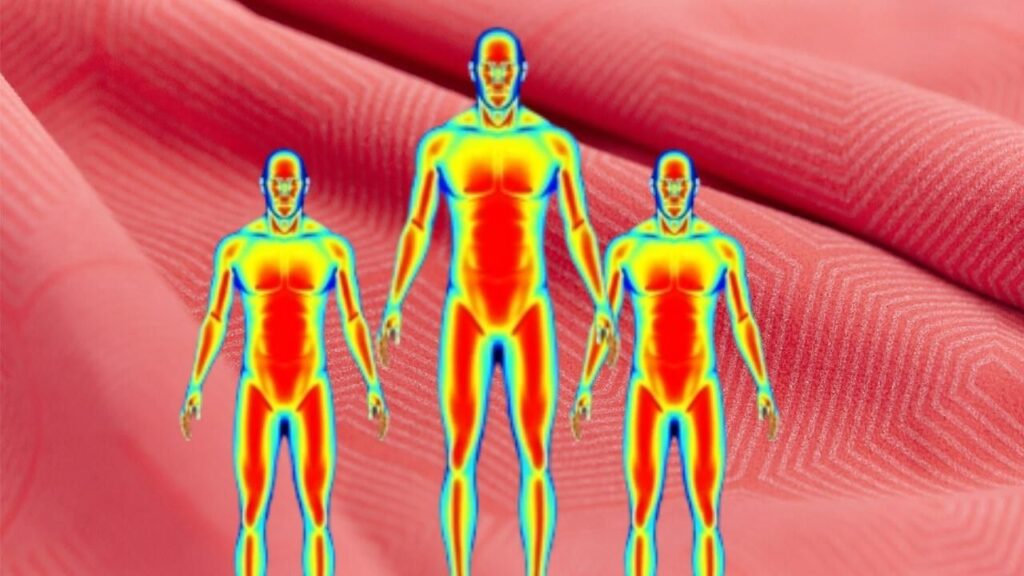
The U.S. Army and tech companies are experimenting with adaptive uniforms, especially in high-risk zones where thermal imaging is prevalent.
Real-World Impact of Infrared Tech
In Healthcare:
- Infrared imaging helps detect tumors and monitor blood flow.
- Thermal diagnostics assist in spotting infections without invasive procedures.
In Security and Defense:
- Drones equipped with IR cameras can locate survivors in disaster zones.
- Night-vision goggles and scopes offer visibility in pitch-dark environments.
In Smart Homes:
- IR sensors trigger lights, thermostats, and alarms based on motion or heat.
Practical Advice for Professionals and Enthusiasts
If you’re a tech entrepreneur, invest in IR-driven hardware. The market is projected to reach $9.2 billion by 2030 (Allied Market Research).
Engineers and designers can:
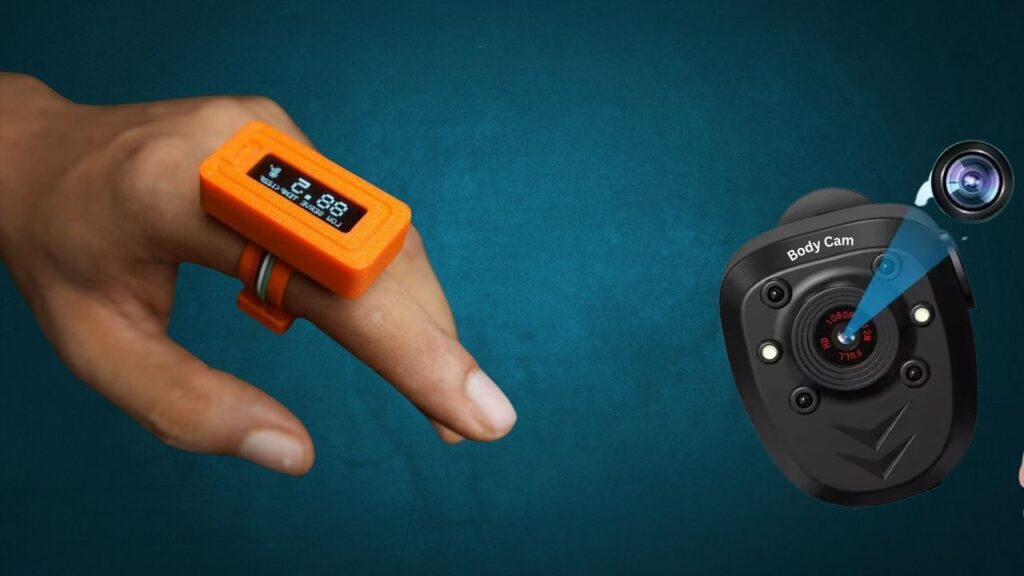
- Prototype IR wearables with existing upconversion nanoparticle kits.
- Leverage open-source IR communication platforms like OpenIR.
Healthcare professionals should stay updated on non-invasive IR diagnostics for earlier, safer interventions.
Bioelectronics: When Biology and Electronics Merge to Heal
Optical Modulators and Their Critical Role in High-Speed Internet
Breakthroughs in Flexible Solar Panels: The Future of Renewable Energy
FAQs About Infrared Innovations
What is the difference between infrared and visible light?
Infrared has longer wavelengths than visible light, making it invisible to the human eye but ideal for sensing heat.
Can IR lenses be used daily?
Currently, these lenses are experimental. Commercial versions could be available in the next 5-10 years.
Is IR communication safe?
Yes, it uses non-ionizing radiation, which is safer than X-rays or UV light.
How is IR used in smartphones?
IR sensors help with face recognition, gesture control, and proximity detection.
Are there regulations for using IR tech?
Yes, FCC and FDA regulate IR devices, especially those used in healthcare and communication.








